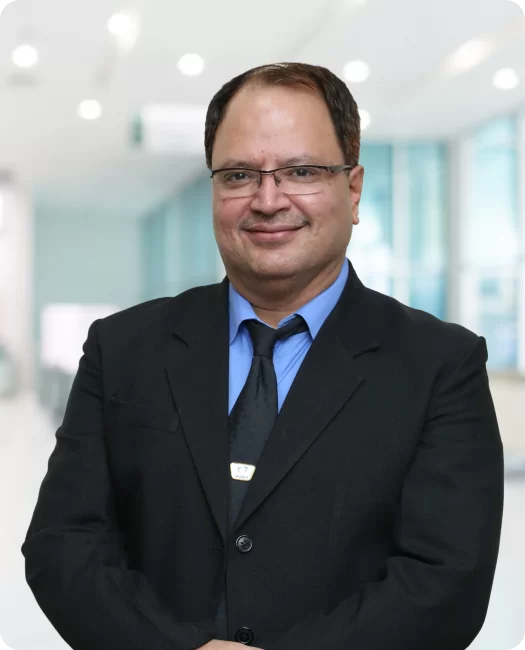What is Rotablation?
Rotablation, short for rotational atherectomy, is a medical procedure used to treat coronary artery disease. Coronary artery disease occurs when the blood vessels that supply the heart muscle with oxygen and nutrients (coronary arteries) become narrowed or blocked by the buildup of plaque. This can restrict blood flow to the heart, leading to chest pain (angina) or, in severe cases, a heart attack.
Rotablation is a catheter-based procedure that involves the use of a specialized device called a rotablator. The rotablator is a tiny, diamond-coated burr that rotates at a high speed and is mounted on the end of a catheter. During the procedure, the catheter is threaded through the blood vessels to the site of the blockage in the coronary artery.
Once in position, the rotablator is activated, and its high-speed rotation grinds or ablates the plaque, breaking it up into small particles. These particles are then carried away by the bloodstream, restoring blood flow through the artery.
Rotablation is typically used in cases where traditional treatments such as angioplasty and stenting may be challenging due to the presence of hard or calcified plaque. After the rotablation, additional procedures, such as angioplasty and stenting, may be performed to further open and support the treated artery.






